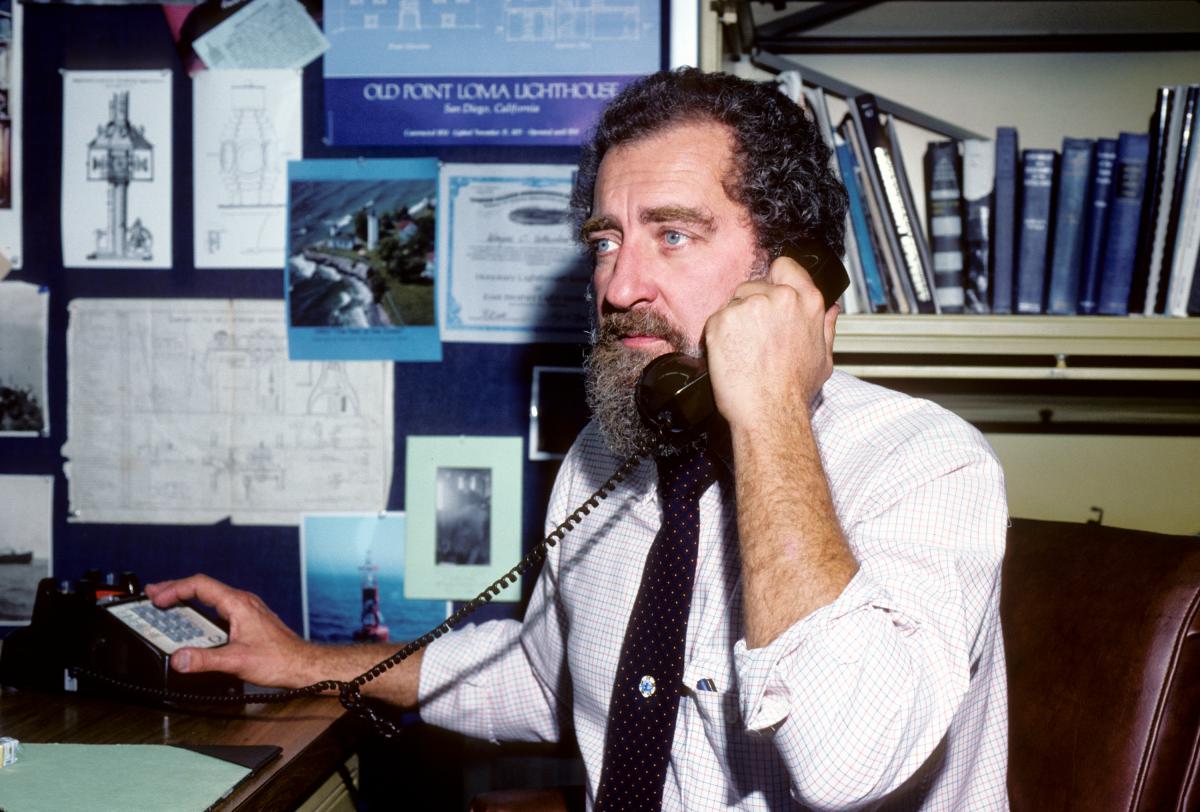
First the United States Lighthouse Society stared Wayne Wheeler in the face.
Then it came calling. And then it grew up. Formed in 1984, the nation’s premier lighthouse organization found its president, rather than the other way around. It started with some routine lighthouse experiences for a young Coast Guard lieutenant, but it really blossomed when Wheeler instead became a civilian Coast Guard employee and was assistant and later chief of the Aids to Navigation Branch for northern California, with an entire office wall of bookshelves loaded with Lighthouse Service technical manuals, reports to Congress, and files. And the calling? Most of the inquiries the Coast Guard’s public affairs staff was receiving involved lighthouses—and, well, Wheeler had the books.
“THIS IS WHERE IT STARTS,” THE LONG-TIME SOCIETY PRESIDENT RECALLS.
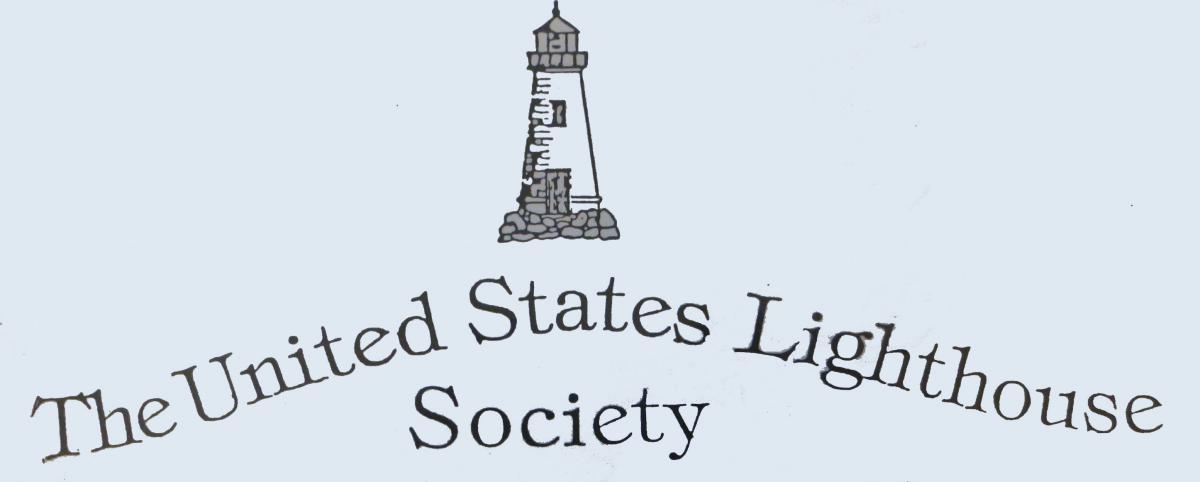
The books facing Wheeler had come from as far back as when the lighthouse service first came to the West Coast. “We had all the reports to Congress, 1910 to 1939, bulletins, engineering books, ATON instruction manuals, medical practice for the Lighthouse Service, Arnold B. Johnson’s 1890 history of the Lighthouse Service, radiobeacons, plus we had files on all the manned lighthouses in northern California,” he said. He started answering the calls and letters about those lighthouses, and found “it was fascinating, I just loved it.”
That was more than 30 years ago, and the idea of a society hadn’t yet taken shape. But it was stirring, and it got a boost when Wheeler’s reputation headed east to historic Fort Sumter. In 1981 a National Park Service official seeking information at that national monument contacted Wheeler, who recalls that “the letter started out, ‘I understand you’re a lighthouse expert.’”
“I took it home and showed [my wife] Sally, and said, ‘This guy thinks I’m an expert! Isn’t that funny?’” he said.
Then a colleague researching Gulf of Mexico lighthouses (because “nobody’s done the Gulf,”) stopped by to discuss his work at a local maritime library. “He and I got to talking about it, and I thought, ‘This is fascinating stuff!’ and I put together a slide show.” A presentation on lighthouse history soon followed at a middle school and Bay Area yacht clubs, and “after that the phone just rang off the hook.” Lots more talks followed for Wheeler, and “about 1982, I came home one day and said to Sally, ‘Boy, there’s a lot of lighthouse enthusiasts out there. They ought to get organized.’” Bingo. Sort of. “It was going to be the California Lighthouse Society,” Wheeler said. He met Burr Henneman, a friend from the Point Reyes Bird Observatory, for lunch in a park one day and was told to stop thinking so small. “Right then, I changed it to United States Lighthouse Society.”
Expanding the USLHS Standards and Goals
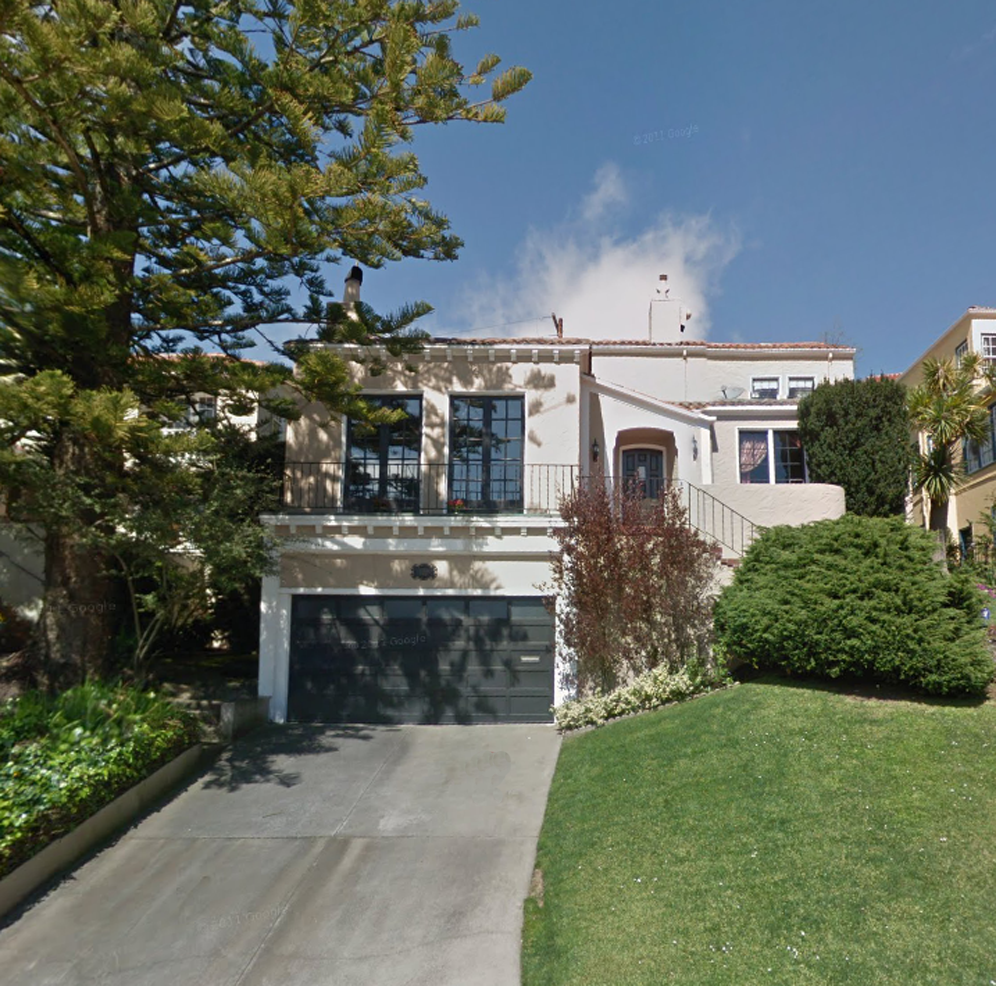
From the start, the new USLHS had standards and goals: a quality quarterly magazine; a lighthouse research library; a central communications hub for all federal, state, and local agencies, historical societies, and nongovernmental organizations interested in lighthouses; and the collecting of artifacts for an eventual lighthouse museum. Wheeler made a flyer available at his talks, seeking interest but telling people not to send money. With that and the continuing talks, word spread. People sent friends and relatives the flyers, all over the country. “Within a year I had 850 names from all over the United States,” Wheeler said, and it was time to apply for IRS tax-exempt status. Information later was sent to 450 maritime museums and large historical societies. The next step was a plea to every newspaper in the country with a circulation of more than 60,000—190 of them—and about 30 boating and general magazines that might be interested, seeking a notice or free ad. A mention in Playboy elicited 190 responses, and even one membership from a guy who noticed it while throwing out old magazines 10 years later. The United States Lighthouse Society was up and running. Sort of.
“My dining room table was my office for two years,” Wheeler recalls. “It was just stuffed.”
Nonprofit Status Since 1984
With Sally Wheeler signed on as board secretary and Bay Area friends rounding out the first board of directors, the Society received its state and local nonprofit status in early 1984. Former Navy commander and then-machine shop owner Walter Fanning, raised at Yerba Buena Lighthouse as the grandson of lighthouse keepers, was the first vice president, and Pete White took time from writing a book on the Farallon Islands to serve as treasurer. Butch Skaar came on the board after working as an early volunteer, and later would serve for years as secretary. Mrs. Wheeler researched funding agencies, and after a year the Society began to receive grants, allowing for the purchase of an office computer and other office furnishings that added to the clutter in the family dining room. Wheeler left the Coast Guard in 1987 to devote his full efforts to the Society. “It was membership that built the Society,” Wheeler says.
Wheeler had collected a number of lighthouse books and other historical material over these first three years and by mid-1985 the Society began to develop its archive. Books and other documents were actively sought from across the country, and the Society began to purchase lighthouse-related materials. It also began collecting lighthouse slides and photographs; the Society’s annual photography contest eventually brought in thousands of slides and prints of lighthouses. Also around 1987, the first of many Society tours took a group of members on a one-day visit to lights in the San Francisco area. By the end of 1985, membership was well past 2,000 individuals. The letterhead was finalized with the address of Wheeler’s home as the official mailing location.
Full Speed with U.S. Lighthouse Tours
Soon, planning was going on for the Society’s second tour: a three-day trip that also stayed close to home. Attendance at this San Francisco area tour was significantly higher, though, indicating that there was a strong desire for such trips. After those tour pilot efforts, planning was increased and major domestic lighthouse tours were planned for future years, with the first extended tour heading to Maine. Eventually the tours would cover the United States and branch outward to foreign lands.
On March 17, 1986, the Society was honored to receive an award from the Department of Transportation for historic preservation. By this time the Wheeler dining room was overflowing with files, the archive, merchandise for the Keeper’s Locker, and many other items. Planning began for a move to a real storefront office. The Society was able to find such a location at 964 Chenery Street in San Francisco, and it moved there during the summer of 1986.
Even while the office still was in Wheeler’s home, the fledgling Society received an offer of the donation of LV 605, a lightship that had been used on two stations and in its last active years as a station relief vessel for northern California. The donation stipulated that the vessel emblazoned with the name RELIEF be restored and maintained somewhere in the San Francisco area. Negotiations immediately began to find a proper location and to find individuals who would be willing to volunteer to restore the vessel.
In February of 1987, the transfer of LV 605 to the Society was completed, and the ship was brought into the harbor in adjoining Oakland. Once it was moored, a group of volunteers began the arduous task of restoring the ship to its original glory. The first estimate was that the restoration would take just two years to complete. Actually it would be nearly 14 years before the ship was fully restored.
All this activity placed a great strain on the Society’s resources, and for the first time an office manager was hired. Tanja Rabbitt became the first paid full-time employee of the Society in the spring of 1988.
ORIGINAL OFFICES ON 964 CHENERY ST. AND 244 KEARNY ST. IN SAN FRANCISCO, CALIFORNIA
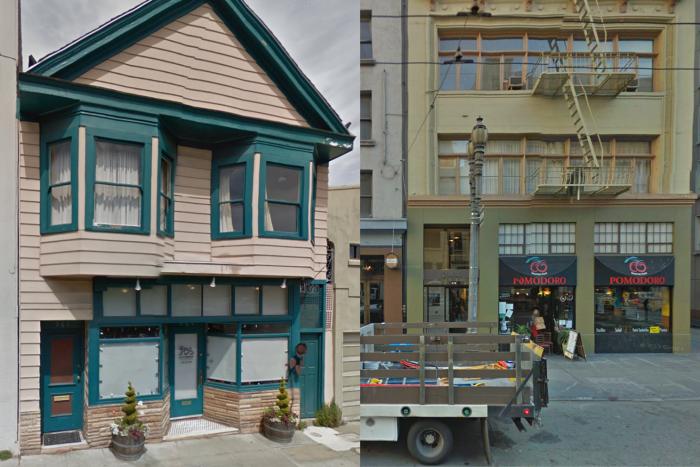
Things were moving fast, membership continued to grow, and the office at Chenery Street could no longer hold the workers, archives, storage, and growing collection of lighthouse artifacts. The decision was made to move into larger quarters located in downtown San Francisco at 244 Kearny Street. This new facility was the fifth floor of a small office building, with offices, an open area for visitors and the archive, and room for storage. This new office would be the Society’s home for the next 10 years. There now was room to grow, and the archive reached more than 1,000 volumes.
As the Society grew, so did the requests for assistance from the Society. In 1989, Wheeler was asked to give a keynote speech at the restoration celebration for the lighthouse in Key West, Florida. In that same year the Society petitioned Congress to designate August 7 as National Lighthouse Day throughout the country. August 7 was chosen because that was the date when all lighthouses had originally come under control of the U.S. government with the creation of a federal lighthouse service in 1789. The year 1989 was the bicentennial year for lighthouses, and in September the United States Lighthouse Society held Lighthouse Bicentennial Week festivities in Newport, Rhode Island—a memorable event for those who participated and attended, although the threat of an approaching hurricane kept the numbers down.
The Society Continues to Grow
Back on the West Coast, though, things still kept looking better. The Society hired an additional person in the office, and several volunteers were at work there as well. The archive continued to grow and the additional funds being received allowed for the purchase of a number of rare lighthouse books. Restoration work also continued on LV 605. This work turned out to be far more extensive than originally thought. The volunteers decided they wanted to completely restore the lightship, and that added thousands of additional hours of restoration to the mix. In 1990 their work was recognized when LV 605 was designated a National Historic Landmark. Luckily, early in 1991 the Society received a $14,000 grant toward redoing the underwater portion of the lightship hull.
In the summer of 1990, the United States Lighthouse Society had been the host organization for a Lighthouse Commemorative Stamp unveiling and the U.S. Postal Service prominently identified the Society on each booklet of lighthouse stamps. This publicity led to a large increase in requests for memberships, sending the organization to a record of more than 7,000 members. With that growth, and additional revenue, the Society was able to produce The Keeper’s Log with a full-color front and rear cover as the summer issue of 1991 (inside, mostly-color issues would debut in the issue for spring, 1996). Later in 1990 a television documentary crew arrived and filmed the Society’s lightship restoration work for a Public Broadcasting Service special. Planning was also underway for the Society’s first international lighthouse tour, a visit to Russian lighthouses that began on August 17, 1992.
Introduction of the Passport Program
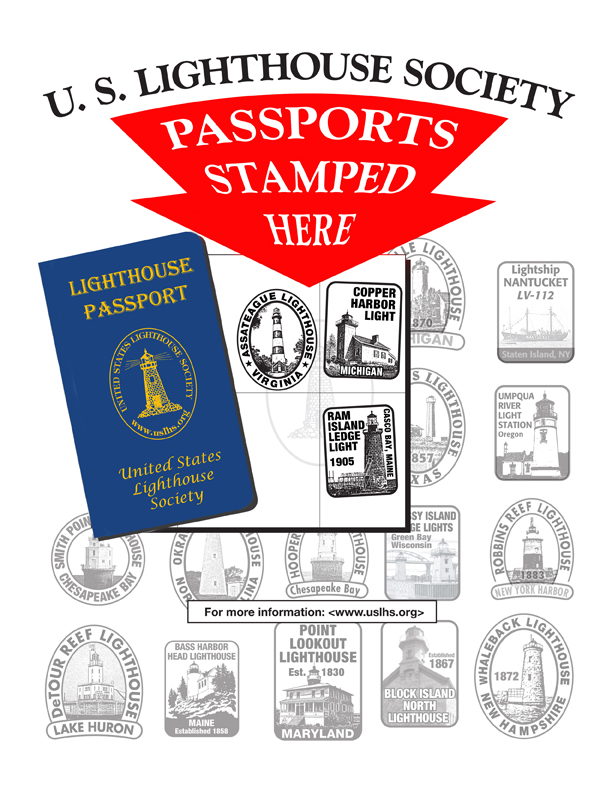 In the spring of 1994, the Society developed another new concept: a Passport Program, distributing a booklet similar to an official governmental passport and encouraging visitors to participating lighthouses to ask to have their passport rubber-stamped and leave behind a one-dollar donation to the local lighthouse group. Filled passports earn collectors Society recognition awards; released in 1995, the program has proven immensely popular.
In the spring of 1994, the Society developed another new concept: a Passport Program, distributing a booklet similar to an official governmental passport and encouraging visitors to participating lighthouses to ask to have their passport rubber-stamped and leave behind a one-dollar donation to the local lighthouse group. Filled passports earn collectors Society recognition awards; released in 1995, the program has proven immensely popular.
By now, lighthouse activities were taking place across the country and several new regional lighthouse organizations were being formed. Interest in historic lighthouse preservation was increasing, and there was a need for some guidelines and methodology. Your Society joined with the U.S. Coast Guard and the National Park Service to create a comprehensive historic preservation program for the Coast Guard in early 1996. Lighthouse restoration and preservation continued to grow, and it was determined that a Lighthouse Preservation Handbook was needed. The Society again joined with a few other agencies and groups to develop this manual during the fall of 1997.
The Society had long promoted the idea of a National Lighthouse Museum. In 1998 the Society participated in a national steering committee to see if there was enough interest in the lighthouse community for such a museum and, if so, to determine a proper site to build it.
In 2000 the Society attended an International Lighthouse Conference held in Nova Scotia and made a number of presentations while there. Later that same year the Society was one of four partners working with Congress in the development of the National Historic Lighthouse Preservation Act of 2000. Society leaders and members would attend and present at many other national conferences through the years, including events in St. Augustine, Washington, Norfolk, San Diego, Baltimore, Boston, and Wilmington, North Carolina.
LV 605 RESTORATION
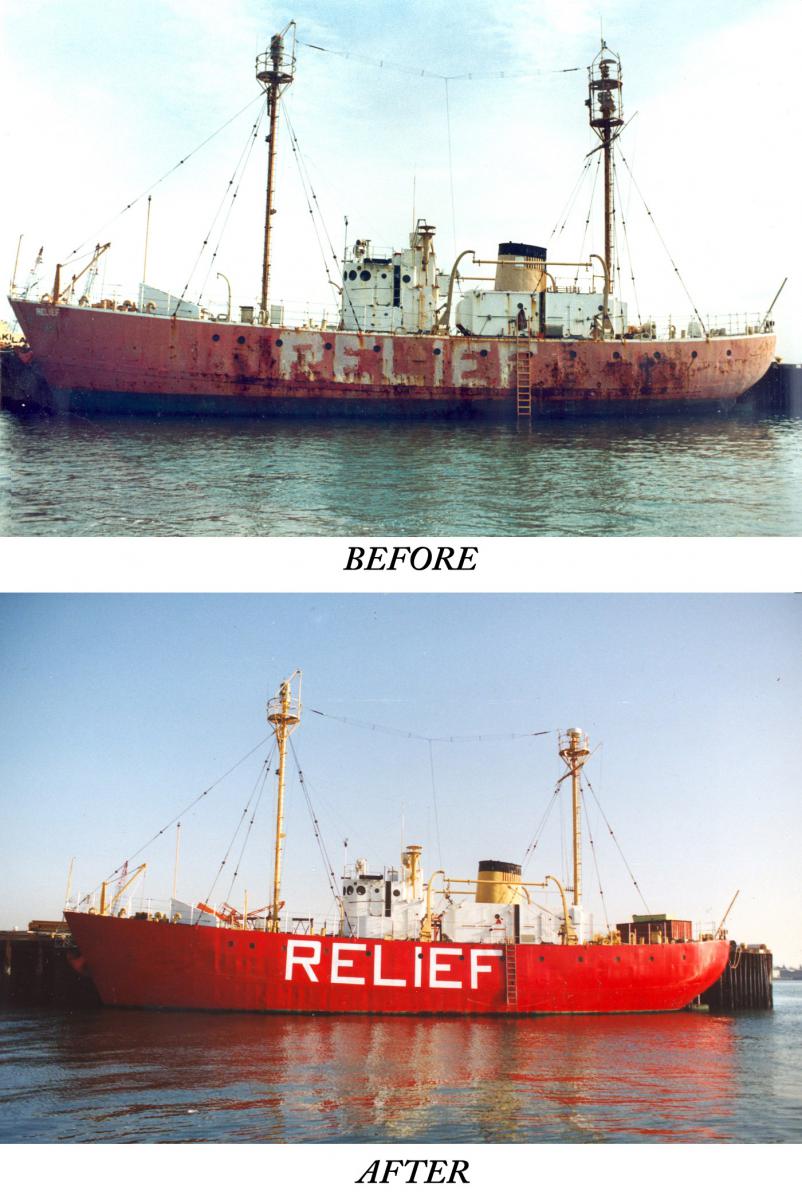 Finally, in June of 2002, after 14 long and arduous years, the Society’s lightship LV 605 was fully restored and opened to the public at a cost of nearly a million dollars in grants and volunteer labor.
Finally, in June of 2002, after 14 long and arduous years, the Society’s lightship LV 605 was fully restored and opened to the public at a cost of nearly a million dollars in grants and volunteer labor.
The Society’s first website was developed during the latter part of the year 2002 and was placed in operation at the start of 2003. While the first website worked, it was difficult to use and lacked visual interest. It soon was decided to completely update the website and add a number of new areas of lighthouse information, and that was completed in the first half of the next year.
In the spring of 2003, the Society received the Phoenix Travel Award for its tour program and the many and varied tours it had undertaken up to that time. On May 1, 2004, the Society and its Chesapeake Chapter took over the restoration of the Thomas Point Shoal Lighthouse in Maryland. While the Society does not own this lighthouse, the Chesapeake Chapter began the complete restoration of the light as part of a regional partnership with the eventual goal of having the public be able to visit the offshore lighthouse.
In the fall of 2004, Wheeler and Ken Black were the first recipients of the Ross Holland Award, an infrequent honor given by the American Lighthouse Council to those who have made the most significant contributions to the lighthouse community.
During the summer of 2005, Wheeler decided to retire from his day-to-day operational activities with the Society. Jeff Gales was hired as executive director of the Society and took over its day-to-day leadership, with Wheeler remaining as a deeply involved president of the board of directors.
USLHS Finds Its New Home, Point No Point Lighthouse
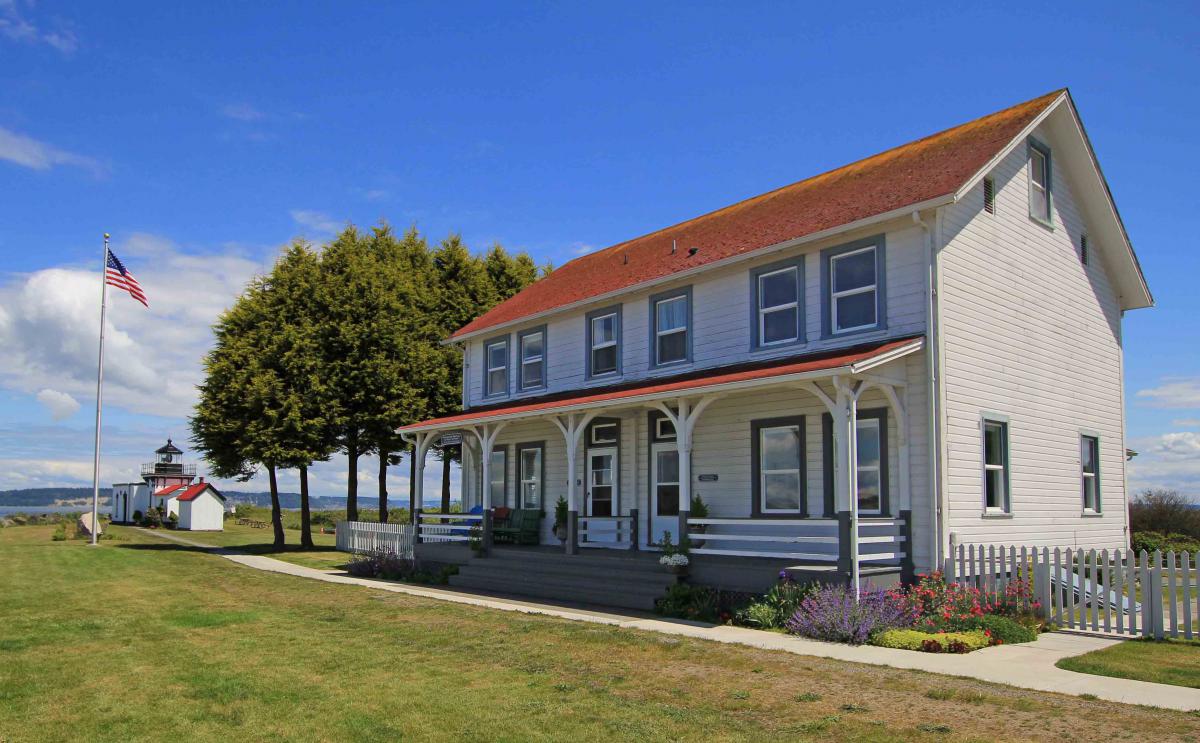 The Society has continued to improve and maintain its presence in the lighthouse community. In 2008 the Society moved for the fourth time to its current headquarters at Point No Point Lighthouse in Hansville, Washington, not far from Seattle. This put the group’s headquarters in a light station, its first co-location with a lighthouse.
The Society has continued to improve and maintain its presence in the lighthouse community. In 2008 the Society moved for the fourth time to its current headquarters at Point No Point Lighthouse in Hansville, Washington, not far from Seattle. This put the group’s headquarters in a light station, its first co-location with a lighthouse.
In the fall of 2008, the Light Lists feature was added to the USLHS website. This module allows the retrieval of the history of a lighthouse through its various listings across time in the Light Lists. The module contains vast amounts of data and had to be compiled over time. We are still working on updates to this data and trying to complete the collection of lists.
Embracing Social Media
Despite the website updates, the Society in 2009 was lagging behind the times with its use of social networks. On that March 31, it joined Facebook and begin regular updates to its timeline. In September of 2009, the Society website was greatly improved when a new module called the “Lighthouse Enthusiast Community” was released. The Lighthouse Enthusiast Community, developed by Gary Riemenschneider, allows members to record their lighthouse tours and other visits. This module has become very popular and many members use its services.
Throughout the years the Society’s Passport Program had continued to grow, and by 2012 thousands of members and others had joined. It was decided that it had become so popular that a Passport Club was created and a software module was placed onto the Society’s website for Passport Club purposes. As a part of this effort, several members volunteered to carefully go over the Passport information and bring it fully up to date.
Website improvement is an ongoing project and continues to this day. Other updates still continue, with a major redesign and expansion released in early 2015.
While the virtual world presence continued to increase, other work in the real world also expanded and drew national recognition. On January 12, 2009, the United States Lighthouse Society was designated as a “Preserve America Steward” by First Lady Laura Bush for its exemplary volunteer efforts in restoring the Thomas Point Shoal Lighthouse.
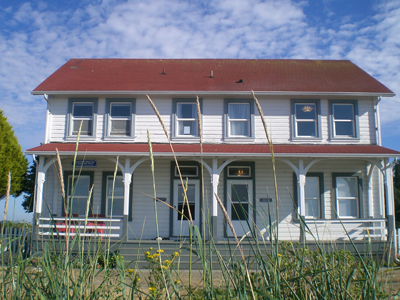
KEEPER'S DUPLEX AT THE POINT NO POINT LIGHTHOUSE
When the Society moved to the Point No Point Lighthouse, it took over the restoration of the lighthouse, former keeper’s dwelling duplex, and various other buildings. Restoration projects began with the keeper’s workshop in 2009-2010, continued with the lighthouse and oil house in 2011-2012, and work on the keeper’s duplex was completed in 2015.
In 2010, the Society announced the creation of the Lighthouse Preservation Fund through the generosity of a member who left the Society a donation in her will. This fund supplies the money for the Preservation Grants Program, which awards grants to deserving lighthouse organizations each year.
Over the years the lightship LV 605 continued to be a popular attraction, and minor restoration work continued to maintain the vessel. In late 2012 the Society was approached by the Anchor Program in San Francisco, which wished to take over the ship and use it as part of its marine trades education program while still making it available to the Society for tours. The details were worked out and ownership of the vessel was transferred to the Anchor Program that fall.
Big Benefits from Key Staff and Volunteers
Through the decades, the Society also has benefitted from the skills, time and talent of staff members and key volunteers, including Wayne Wheeler, Tanja Rabbitt, Phyllis Chaix, William Morrison, John Thomas, Rusty Nelson, Marie Shaft, Linda Menges, Steven Cruz, Connie Jo Crowder, John Abrams, John Byrne, Jack Merk, Denise Kendall, Connie Kendall, Lisa Chinn, Marion Di Silva, Kikelomo Adedeji, Shannon Ricks, David Snyder, Barbara Talley, Thomas Tag, Jeff Gales, Melissa Eck, Rich Gales, Lynda Winslow, Lisa Jones, Dolores Thacher, Marie Vincent, Toni Rosatti, Chad Kaiser, Mary Lee and Skip Sherwood, Candace Clifford, Megan Bradley, Mary Borkowski, Dick Richardson, Peter Williams, Katherine Klint, Rina Guevara, and Gary Riemenschneider.
Even during rough national financial times, your Society has been able to maintain its balance and to grow and support new lighthouse projects and initiatives. A lighthouse preservation grant program now has been started to increase ongoing support of local lighthouse restoration efforts. This has only been possible through the strong efforts of our membership, volunteers, and staff. We are happy to report that we continue to grow and look forward to many significant advances in our ability to assist our members with their interest in lighthouses.
